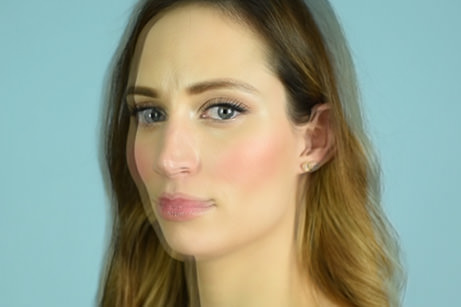WedrerWaas
New member
- Messages
- 7
- Reaction score
- 1
Hello,
Right from the start, all tutorials, books and videos that teach portrait photography warn you not to go below 70 or 85mm when shooting portraits, to avoid unflattering distortion on the subject.
These same sources introduced all the “crop factor” on a separate chapter.
Basically, if you’re using a 50mm on an APS-C camera, you will get the equivalent zoom of a 75mm lens installed on a Full Frame.
Then the natural first question came to me:
Q1: Is it OK then to shoot a portrait with a 50mm installed on an APS-C, since it’s the equivalent of a 75mm on a Full Frame, which gives little distortion?
Q2: Does the same lens create the same amount of distortion on APS-C as in a Full Frame?
Later, I started learning how to use Lightroom and I discovered the lens distortion correction feature.
And a new question popped up in my mind:
Q3: Does this feature allow me to use a 50mm or below lens in my portraits work?
Q4: Should I always apply this correction from 50mm to lower FL?
Later, I learned a “safety rule” in portrait photography, that can be formulated in two different ways:
1/ To decrease distortion, the wider your lens, the more “body parts” you need to include in your shot (i.e. 85mm for a head only picture, 50mm for a portrait from the waist to the head).
2/ To decrease distortion, the wider your lens, the further from the edges you place the subject, especially his/her face. (because the distortion is stronger around the edges).
I try to follow this rule as much as I can, but I still hope I can get a final answer to the 4 questions above.
One last question, related to the same topic:
Q5: People love taking selfies with their phone.
The focal length is usually below 35mm, and the zoom on the face is quite important.
How come they are not bothered by the distortion?
Do phones apply automatically a software correction?
Thank you so much for helping me better understand this very specific topic!
Regards.
@Wedrer_Waas
Right from the start, all tutorials, books and videos that teach portrait photography warn you not to go below 70 or 85mm when shooting portraits, to avoid unflattering distortion on the subject.
These same sources introduced all the “crop factor” on a separate chapter.
Basically, if you’re using a 50mm on an APS-C camera, you will get the equivalent zoom of a 75mm lens installed on a Full Frame.
Then the natural first question came to me:
Q1: Is it OK then to shoot a portrait with a 50mm installed on an APS-C, since it’s the equivalent of a 75mm on a Full Frame, which gives little distortion?
Q2: Does the same lens create the same amount of distortion on APS-C as in a Full Frame?
Later, I started learning how to use Lightroom and I discovered the lens distortion correction feature.
And a new question popped up in my mind:
Q3: Does this feature allow me to use a 50mm or below lens in my portraits work?
Q4: Should I always apply this correction from 50mm to lower FL?
Later, I learned a “safety rule” in portrait photography, that can be formulated in two different ways:
1/ To decrease distortion, the wider your lens, the more “body parts” you need to include in your shot (i.e. 85mm for a head only picture, 50mm for a portrait from the waist to the head).
2/ To decrease distortion, the wider your lens, the further from the edges you place the subject, especially his/her face. (because the distortion is stronger around the edges).
I try to follow this rule as much as I can, but I still hope I can get a final answer to the 4 questions above.
One last question, related to the same topic:
Q5: People love taking selfies with their phone.
The focal length is usually below 35mm, and the zoom on the face is quite important.
How come they are not bothered by the distortion?
Do phones apply automatically a software correction?
Thank you so much for helping me better understand this very specific topic!
Regards.
@Wedrer_Waas


